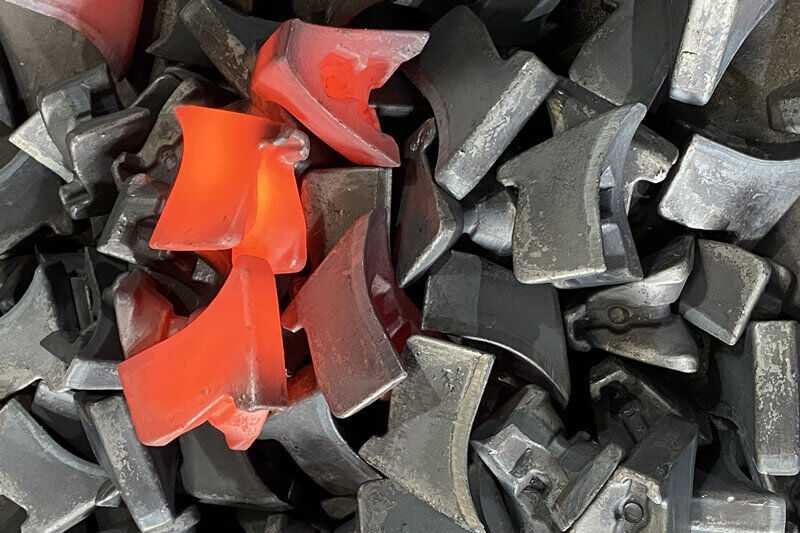The weld on teeth is increasingly becoming the most preferred cutter tool for all kinds of buckets used for various digging work. But just like most of the digging teeth, the most important thing to consider is the quality of the materials used. The weld on carbide teeth has become the most preferred because of the numerous benefits that the carbide tip offers. Here are some of the major advantages of weld on carbide teeth:
High Quality teeth
With weld-on carbide teeth, you have some of the best quality teeth for your bucket. This is because carbide is one of the best quality metals in the market. But it is recommended that you ensure you are getting the best grade of carbide on your bucket depending on the conditions you are drilling or mulching.
High Cutting Efficiency
The other advantage of weld on carbide teeth is cutting efficiency. The carbide metals used in the construction of weld on teeth are very sharp and can maintain their sharpness for a long time. This means that you will enjoy clean and efficient cutting for a long period with weld-on carbide teeth.
Higher Productivity
If you are looking for teeth that will transform your level of production, weld-on carbide teeth are the best choice for you. The weld on teeth is very special because their tips are made of carbide the best material in the industry. They are sharp and powerful and therefore efficient in working, contributing to high productivity.
Low Repair Cost
Weld-on carbide teeth are strong and hard, which makes them high resistance to wear and tear. This is important because these weld-on carbide teeth can withstand any condition you might be working on. Being made from quality carbide, their rates of damage are very low, and that’s how the cost of repairing is significantly reduced.
Low Maintenance Cost
Another benefit you get from weld on carbide teeth is low maintenance cost. The rates to wear and tear of the weld on carbide teeth are very low. This is because they are made of the best metal in the industry. This means they are very powerful hence minimal damages. With fewer repairs and replacements, the overall maintenance cost becomes less.
